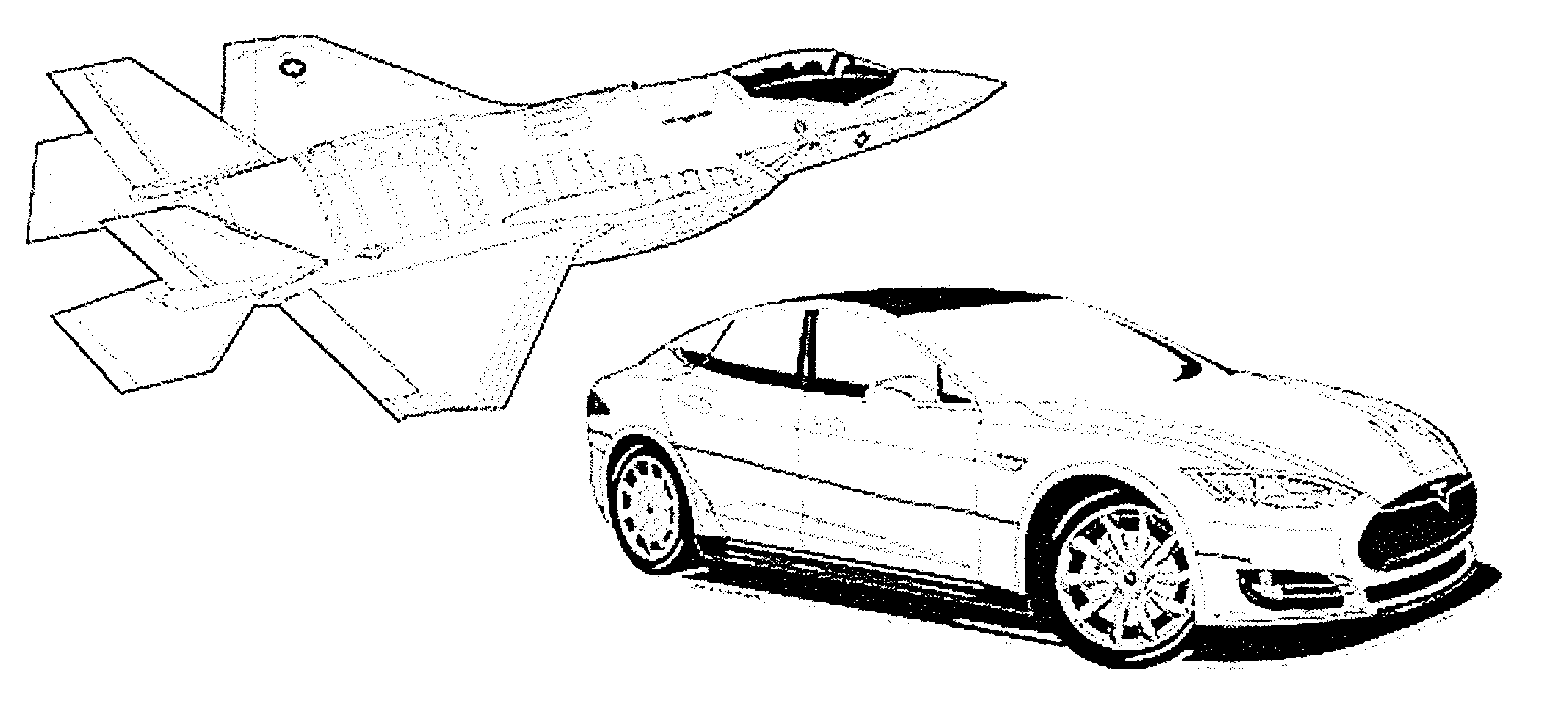
Some strange light and soft metals used in aerospace applications have proven to be difficult to precision abrasive grind because they are stringy, gummy, load wheel surfaces easily, get hot quickly and have slow material-removal rates. These include stainless steel alloys and nickel-base materials.
What grinding professionals have also experienced is that with the use of additional induced wheel porosity, these conditions can be overcome. Increased porosity of 10, 12 and 14 helps both in mid-range conventional abrasive grinding wheels and ceramic abrasive-grit grinding wheels, saws and mandrels.
Additional control of friction and heat also improve this abrasive grinding stock-removal process with the use of CO2 nozzles, which is a bone-dry application.
A sharp, single-point, fast-traverse dressing with a light down feed (below 0.001) also continues to make a difference as wheel surfaces stay open and the bond doesn't get crushed. Here, the ability to change sfm also makes a difference at lower rpms.
Check the grinding fluid ratios more frequently as a higher lubricity ratio is very important, as well as the type of coolant for the application.
Related Glossary Terms
- abrasive
abrasive
Substance used for grinding, honing, lapping, superfinishing and polishing. Examples include garnet, emery, corundum, silicon carbide, cubic boron nitride and diamond in various grit sizes.
- alloys
alloys
Substances having metallic properties and being composed of two or more chemical elements of which at least one is a metal.
- coolant
coolant
Fluid that reduces temperature buildup at the tool/workpiece interface during machining. Normally takes the form of a liquid such as soluble or chemical mixtures (semisynthetic, synthetic) but can be pressurized air or other gas. Because of water’s ability to absorb great quantities of heat, it is widely used as a coolant and vehicle for various cutting compounds, with the water-to-compound ratio varying with the machining task. See cutting fluid; semisynthetic cutting fluid; soluble-oil cutting fluid; synthetic cutting fluid.
- dressing
dressing
Removal of undesirable materials from “loaded” grinding wheels using a single- or multi-point diamond or other tool. The process also exposes unused, sharp abrasive points. See loading; truing.
- feed
feed
Rate of change of position of the tool as a whole, relative to the workpiece while cutting.
- grinding
grinding
Machining operation in which material is removed from the workpiece by a powered abrasive wheel, stone, belt, paste, sheet, compound, slurry, etc. Takes various forms: surface grinding (creates flat and/or squared surfaces); cylindrical grinding (for external cylindrical and tapered shapes, fillets, undercuts, etc.); centerless grinding; chamfering; thread and form grinding; tool and cutter grinding; offhand grinding; lapping and polishing (grinding with extremely fine grits to create ultrasmooth surfaces); honing; and disc grinding.
- lubricity
lubricity
Measure of the relative efficiency with which a cutting fluid or lubricant reduces friction between surfaces.







